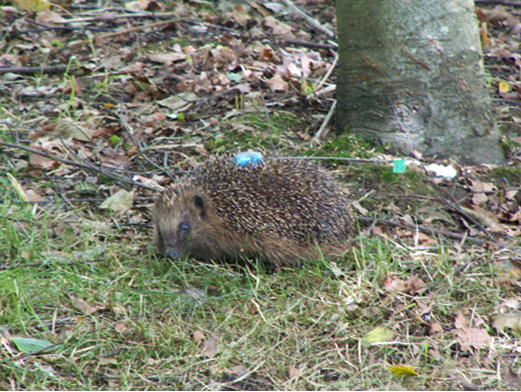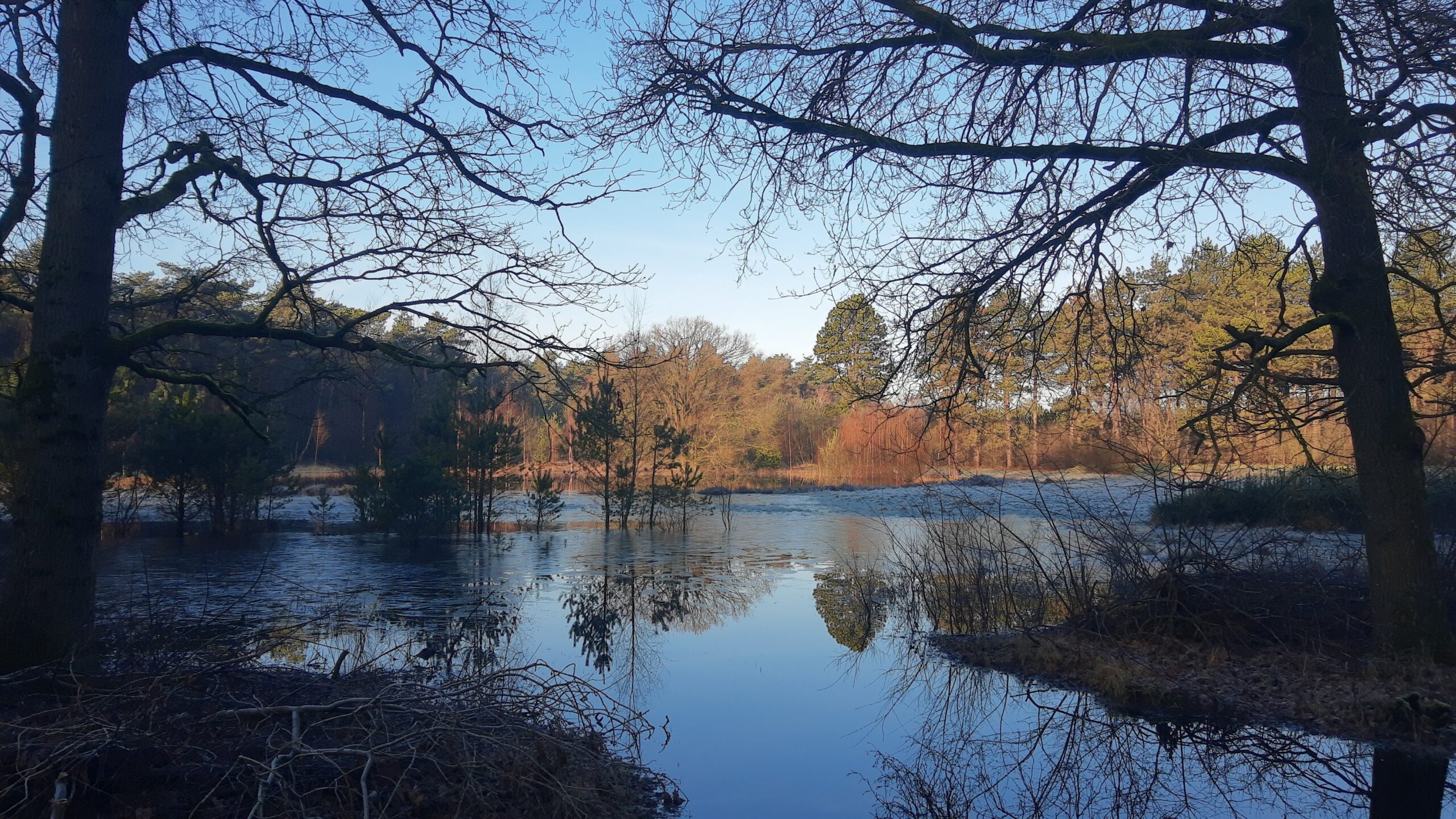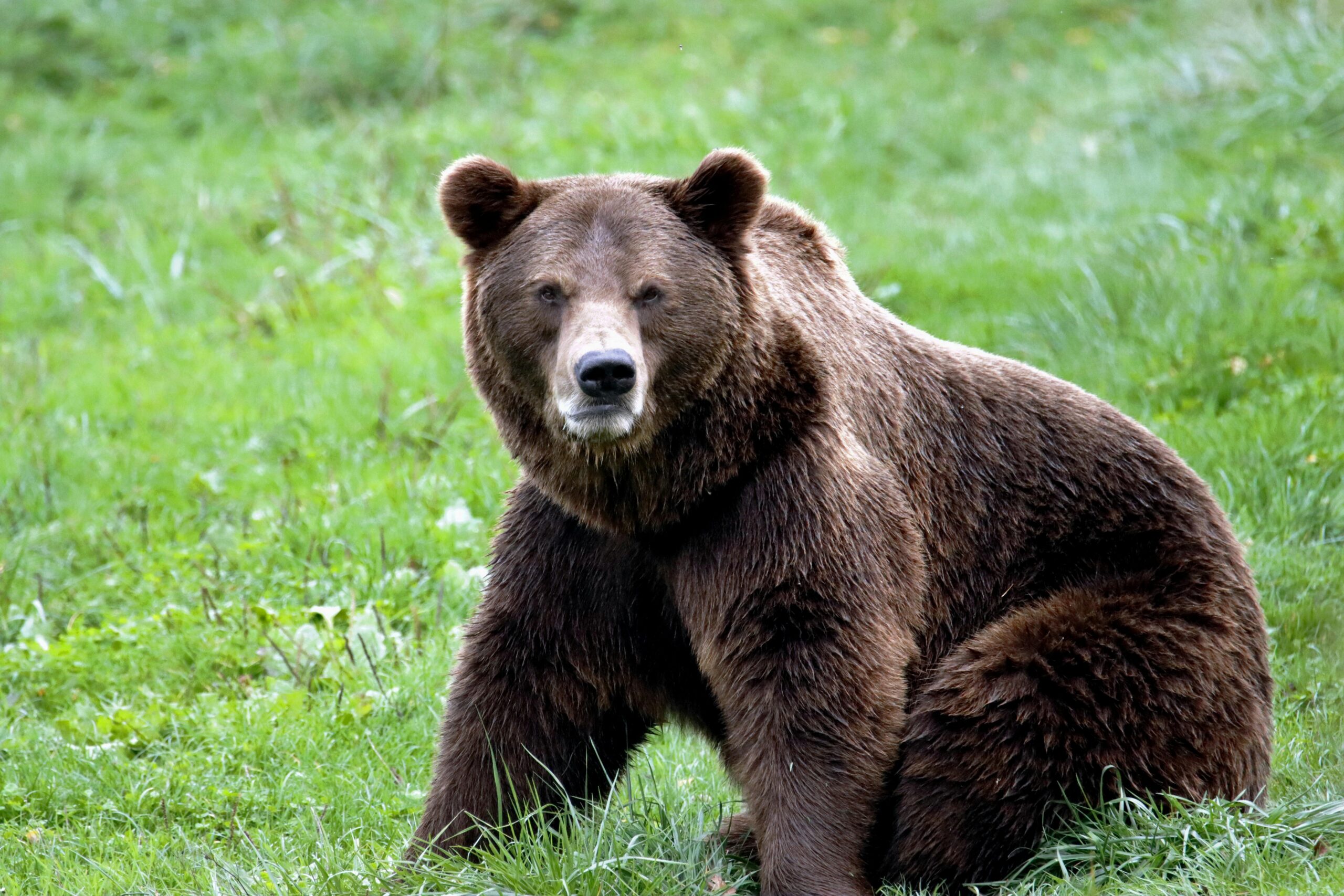During my PhD research on the decline of the hedgehog in Great Britain I spent many hours in the field doing research on their whereabouts in rural areas. In Great Britain, plenty farms are entered in agri-environment schemes meaning that arable fields are surrounded by grassy field margins and hedgerows, which should promote biodiversity. During many hours of fieldwork, I indeed found that hedgehogs, when present in agricultural lands, were most often on the grassy field margins or in the hedgerows surrounding the arable fields. I never observed them actually crossing an arable field (Hof & Bright 2010a). I wondered why this was. I thought this may be caused by the fact that hedgerows may offer some safety from badgers, their main predator in Great Britain, and that they therefore liked to stay close to hedgerows. Alternatively, I thought that perhaps prey density of macro-invertebrates such as slugs, snails, earthworms, and beetles, may be higher on grassy field margins than in the arable fields. To investigate this I did more fieldwork and found that both predator presence and prey abundance may make hedgehogs stick to the borders of arable fields. In the presence of badgers, hedgehogs would be nearly always near hedges (Hof et al. 2012). But I also found that the arable fields I studied were largely void of macro-invertebrates, whilst I found plenty on grassy field margins (Hof & Bright 2010b). I recall being shocked with my findings that the arable fields I studied could in fact be regarded as macro-invertebrate wastelands. From then on I decided to mainly eat Organic products, as Organic farms usually have wide field margins, among other nature-positive aspects. Another researcher who drew conclusions from many studies like mine later also found that there are more beetles in smaller fields (Boetzl et al. 2024). Such work really shows the benefit of agri-environment schemes, not only for the small critters, but also for their predators such as the hedgehog.
References
Boetzl, F. A., et al. (2024). Distance functions of carabids in crop fields depend on functional traits, crop type and adjacent habitat: a synthesis. Proceedings of the Royal Society B, 291(2014), 20232383.
Hof, A. R., & Bright, P. W. (2010a). The value of agri‐environment schemes for macro‐invertebrate feeders: Hedgehogs on arable farms in Britain. Animal Conservation, 13(5), 467-473.
Hof, A. R., & Bright, P. W. (2010b). The impact of grassy field margins on macro-invertebrate abundance in adjacent arable fields. Agriculture, ecosystems & environment, 139(1-2), 280-283.
Hof, A. R., Snellenberg, J., & Bright, P. W. (2012). Food or fear? Predation risk mediates edge refuging in an insectivorous mammal. Animal Behaviour, 83(4), 1099-1106.


